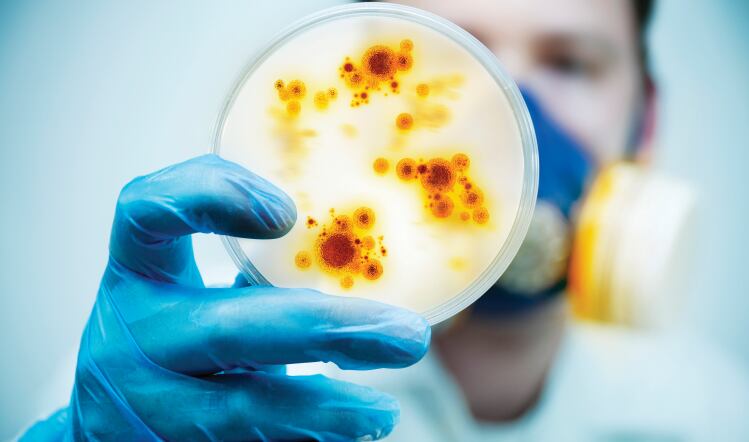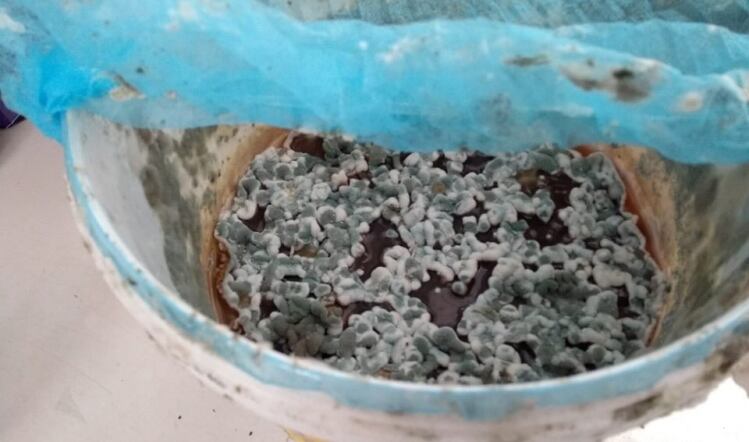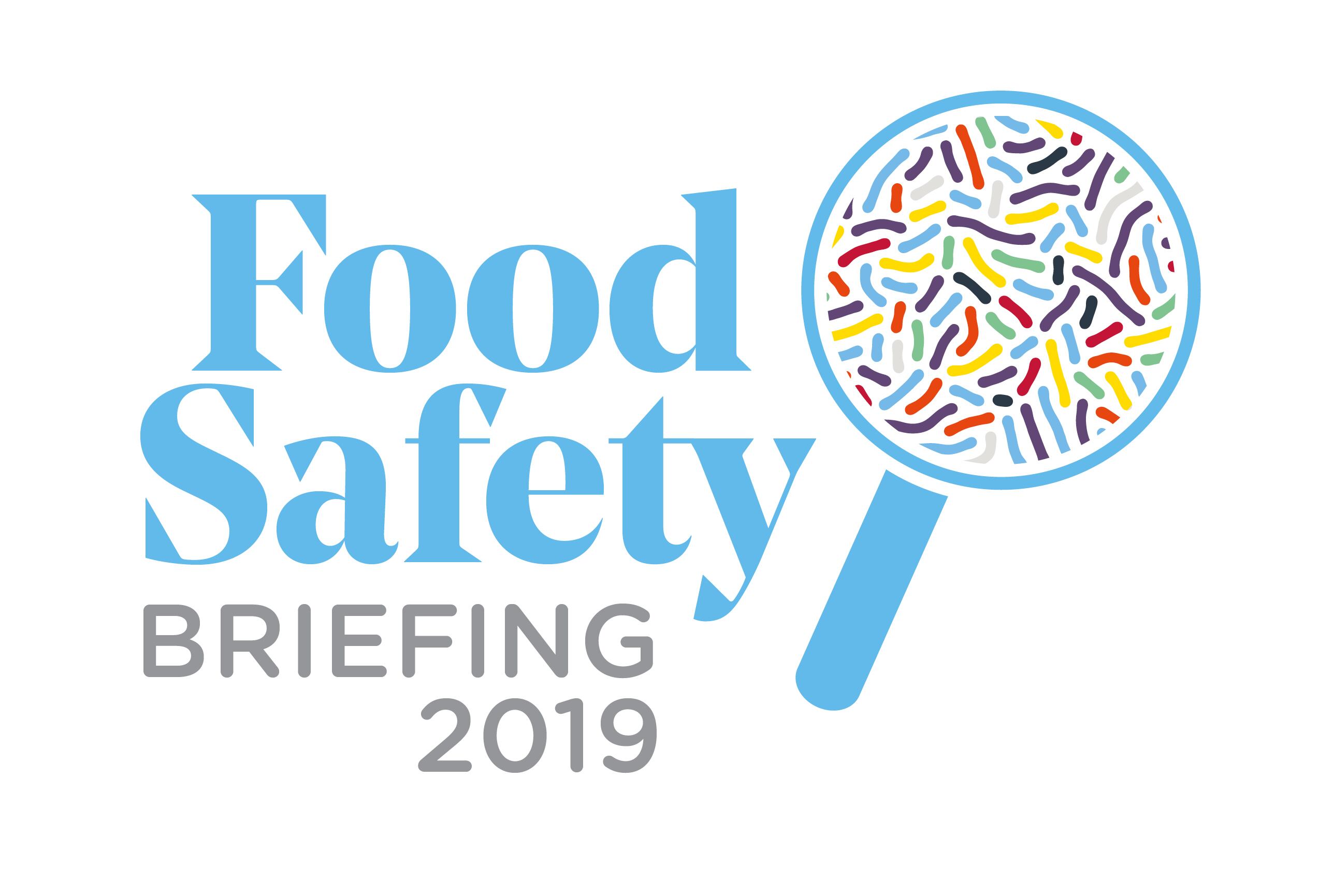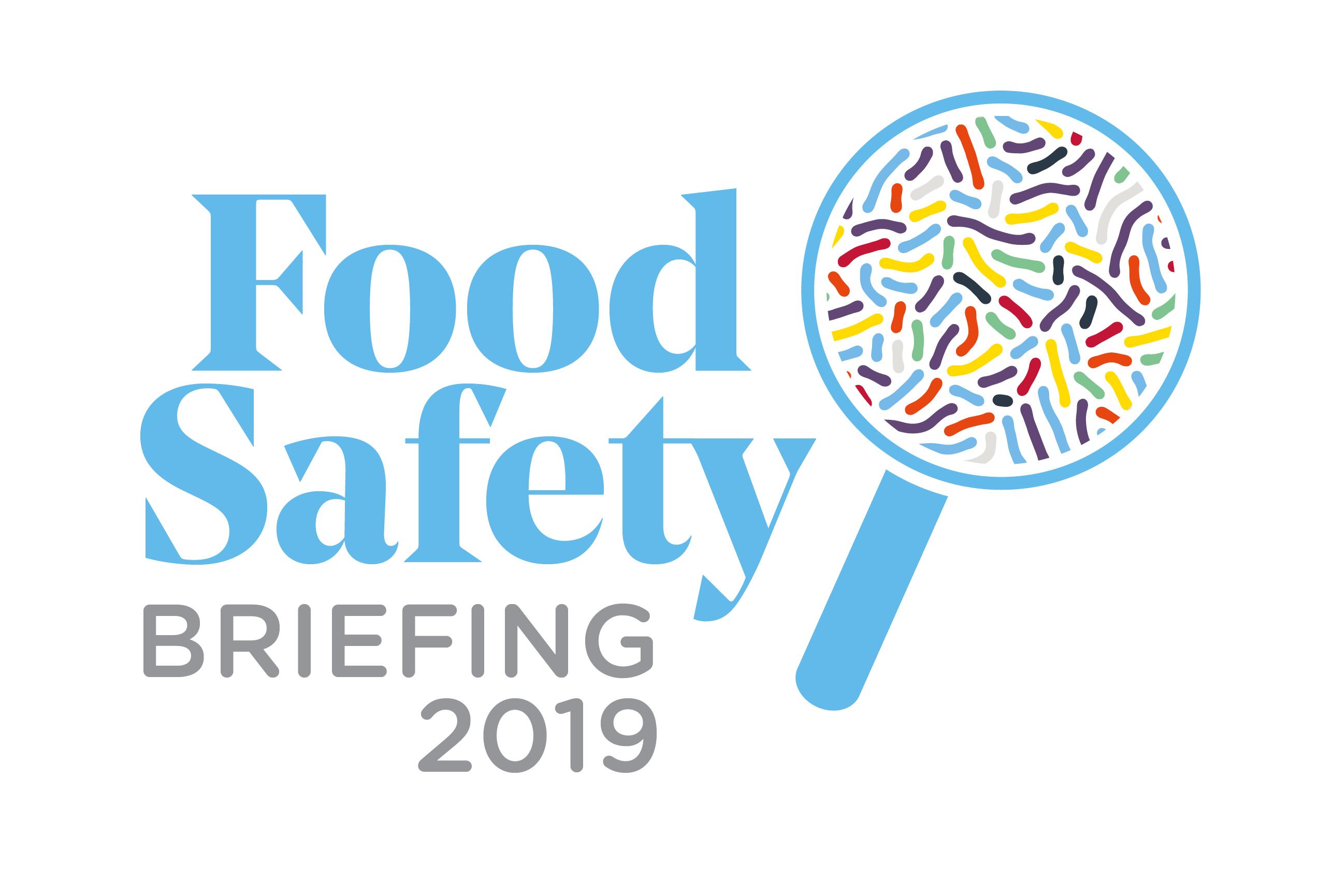Food safety and hygiene along the supply chain continue to exercise manufacturers. The concern manifests itself in alerts and recalls, including everything from unlabelled allergens in products to contamination with pathogens, chemicals and other physical objects that mysteriously find their way into them.
The problem isn’t helped by restrictions on the many effective disinfectants used in factories, which stems from new EU rules on the use of potentially dangerous chemicals and agrochemicals under the Biocidal Products Regulation (BPR) and the Plant Protection Products (PPPs) Regulation.
As a result, the use of traditional disinfectants is changing. Maximum residual levels (MRLs) for chlorates and quaternary ammonium compounds (also known as QACs or quats) are causing the industry major problems.
It has triggered the almost complete elimination of QACs – a highly effective biocide – from many food, dairy and beverage processing operations and made the job of keeping consumers safe from food poisoning incidents immeasurably harder.
“While we see innovations being proposed, the role of hygiene remains to ensure that the basics are first completed,” says Peter Littleton, technical director of chemical specialist Christeyns Food Hygiene and vice chair of the Society of Food Hygiene and Technology. It requires the correct application of detergents and then disinfectants, he adds.
Ineffective cleaning regimes
“Regrettably, we have seen recent examples where cleaning and disinfection regimes have been ineffective, leading to pathogen survival, with detrimental impacts on consumers’ health,” suggests Littleton.
“The choice of detergents and disinfectants has become more restricted, due to changes in legislation either reducing or eliminating some classes of products, with the alternatives being more expensive or less effective.”
Christeyns recently launched a range of cleaning products that minimise the use of chlorine to tackle the complex cleaning of membranes used as filters in the dairy and beverage industries. Its Memcare line is supplied to firms such as Müller, Tomlinson’s Dairy and First Milk.
Manufacturers can be further heartened by the emergence of novel technologies and methods of disinfection, based on physical disruption of microbial cells, as opposed to traditional chemical decontamination. Examples include the use of ultraviolet light in the C spectrum (UV-C), cold plasma, high intensity near spectrum (HINS) light, and nano-bubbles in water streams. However, their commercialisation has been slow, claims Littleton.
That said, UV-C has been successfully established as an alternative knife disinfection method in meat cutting plants, replacing the traditional hot water units.
Biocidal actives
Industry experts are also optimistic that biocidal actives such as hydrogen peroxide and peracetic acid (PAA), which fall within the BPR, will find increasing use as part of no-rinse formulations. Christeyns, for example, has just been appointed sole UK distributor for Huwa-San, a no-rinse silver-stabilised hydrogen peroxide disinfectant that is compliant with organic standards for bacterial control.
Meanwhile, Daniel Marr, commercial director at Airedale Chemical reports that many food and drink manufacturers are turning to PAA as an alternative to QACs.
“PAA is a highly efficient biocide commonly used in disinfection against E.coli, salmonella and listeria,” he says. “It is effective at temperatures ranging from 5°C to 40°C, making it a versatile way of eradicating food spoilage organisms, coliforms, yeast and spores.” It also requires no in-situ rinsing, which is key when considering QAC regulations, he adds.
Beyond having the correct cleaning and disinfection regimes in food and drink factories, the right food safety culture within an organisation is important. However, knowing how to do the right thing on the avoidance of cross-contamination in production, for example, only works if the facilities and fabric of the premises in which the food and drink is produced lend themselves to good hygiene and prevent the build-up of dangerous pathogens such as Listeria monocytogenes.
That extends from the floors, drainage, walls and ceilings of buildings, which should be easy to clean, to the equipment used to manufacture food. And that’s where bodies such as the Frankfurt-based European Hygienic Engineering & Design Group (EHEDG) – a not-for-profit consortium of companies and organisations dedicated to hygienic design – comes in.
“Hygienic equipment design, like product inspection systems, plays a critical role in reducing the risk of microbiological and cross-contamination incidents,” says Russell Morgan, product inspection specialist at Mettler-Toledo.
Consumer safety and operational efficiency
“While the main objective is to protect consumer safety and brand reputation, investing in equipment built with hygienic principles in mind can also reduce overall maintenance costs and increase uptime, contributing to better operational efficiency.”
Earlier this year, pump supplier to the food industry Seepex introduced a new hygienic progressive cavity pump range, called BCFH, which it claims is the first to be certified by EHEDG under its new testing regime. This will be required for all EHEDG-certified companies by 2020. Elsewhere, hygienic furniture specialist Teknomek has updated its full range of light-duty tables, with designs that make them easier to clean and to clean around.
FeRFA, The Resin Flooring Association, represents the majority of resin flooring firms that work extensively with UK food and drink manufacturing companies on new builds and refurbishments. They provide surfaces that are easy to access and clean as stipulated by EC Regulation 852/2004.
“Resin is the flooring of choice for manufacturing or warehousing, due to the excellent performance characteristics and ability to provide a seamless, hygienic, durable and slip-resistant floor,” says FeRFA chief executive Mark Spowage. FeRFA has developed a classification system that allows cross-reference between products from different manufacturers and provides useful guidance when selecting a resin flooring system.
One such FeRFA member firm is Flowcrete UK, supplier of the Flowfresh range of polyurethane resin products. Every Flowfresh system also incorporates the antibacterial agent Polygiene, which actively inhibits the growth of bacteria in contact with the floor.
So, whether the culture is in a lab Petri dish or living in the corner of a food factory, the battle is being waged on food poisoning bugs.
Biocides burdened by legislation
The problem with the EU rules governing the use of potentially dangerous chemicals and agrochemicals is the overlapping of food hygiene legislation with those concerning Plant Protection Products (PPPs), according to one industry expert.
“PPP legislation is nothing to do with food hygiene,” argues Kaarin Goodburn, director of the Chilled Food Association and chair of the Food & Biocides Industry Group.
“Food hygiene biocides are essential for maintaining food, feed and water hygiene, as required by law. Regulating them as PPPs is wholly inappropriate and unless enforcement recognises this, regulatory conflict has the potential to compromise the ongoing ability of operators to produce food hygienically.”
FBIG guidance has been developed to minimise traces of hygiene biocides in foods.




